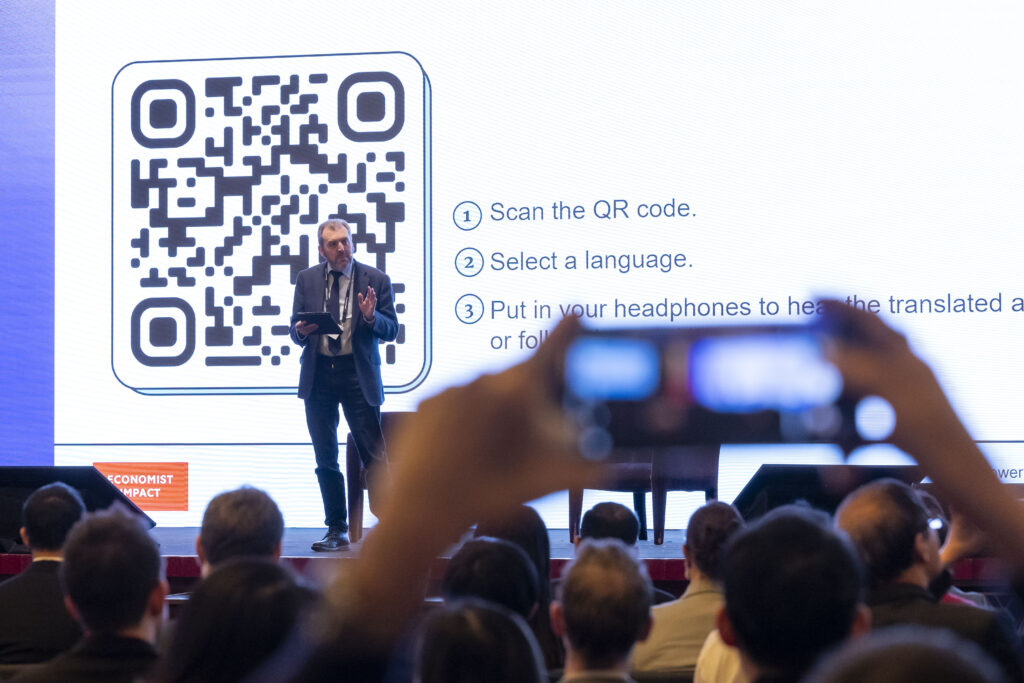Wouldn’t life be easier if smartphones, tablets, and laptops had a button that let you speak and listen in whatever language you want?” Enter KUDO.
Translate your meetings and events into 200 languages with live audio and captions
Ever wondered how much more you could achieve if your hiring, partnership, and expansion opportunities weren’t limited to speakers of your language?

of employees working in another language worry about missing information
*Foreign Language Anxiety Study, 2022.
of senior executives say miscommunication due to language leads to inefficiency
*Forbes Insights/RosettaStone survey with 106 senior U.S. executives.
of employees lose business due to a lack of foreign language skill
*American Council on the Teaching of Foreign Languages.
Any language. Any platform. Unlimited opportunities.
Trusted by 1.5M movers and shakers
We empower organizations to harness inclusion, productivity and growth through language accessibility.
Trending content
Put simply, interpretation is the spoken or signed translation of language. Depending on the type of interpretation, this is either done in real-time with little to no delay or in a stop-and-go arrangement.
Remote simultaneous interpretation (RSI) is the method of remotely translating language, spoken or sign, in real time. RSI connects professional interpreters to virtual meetings, webinars, and events via servers in the cloud rather than a physical booth. With no hardware, participants can connect to meetings via mobile device, tablet, or PC from wherever they are.
KUDO works on all platforms via a native integration (Microsoft Teams, Hopin, On24, Bizzabo, etc.) or our weblink or desktop app. Find out how here.
KUDO allows clients to bring their own interpreters to the platform or book professional interpreters via the KUDO Interpreter Marketplace
KUDO has three key services- Technology, interpretation, and professional services, each with yearly licenses. Cost is determined depending on the recurrence of meetings, length of sessions, the level of support needed, etc.
KUDO digitalizes the in-person interpretation process by connecting human interpreters to virtual, live, and hybrid webinars, meetings, and events. In real-time, professional interpreters can translate what speakers say into over 200 spoken and sign languages.

